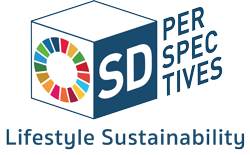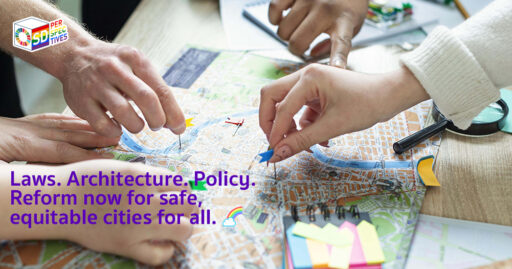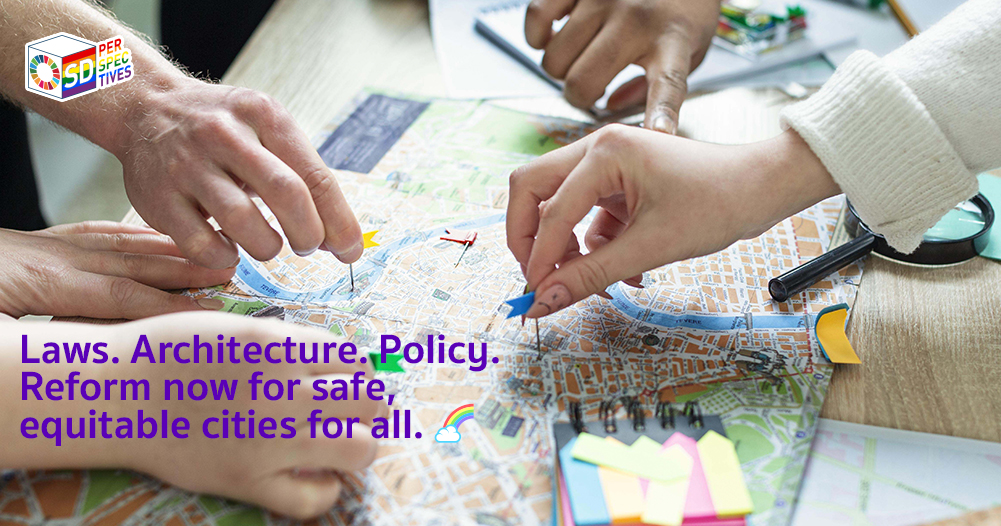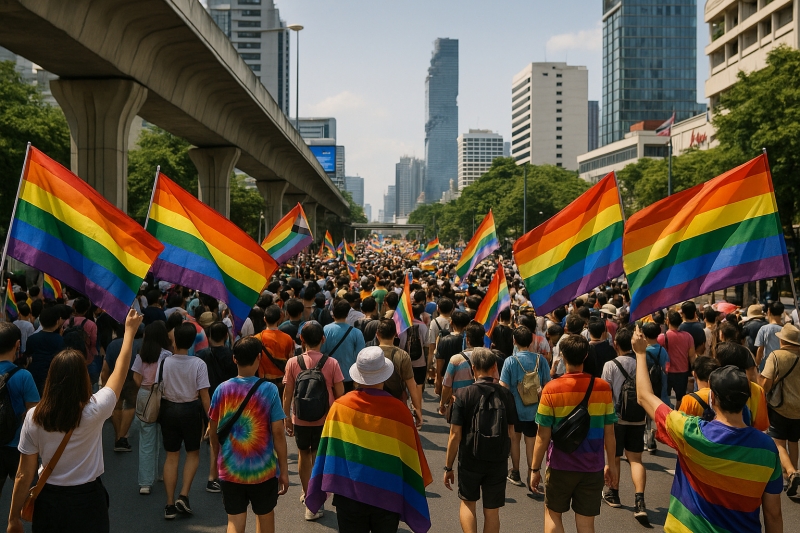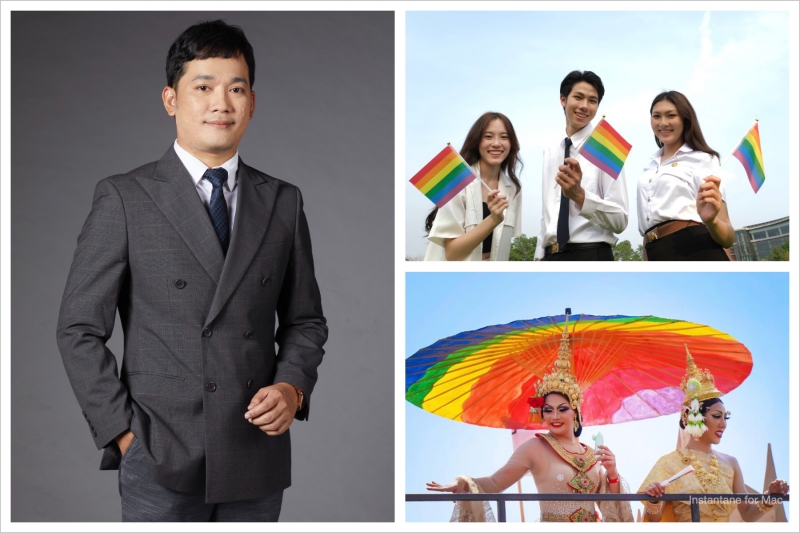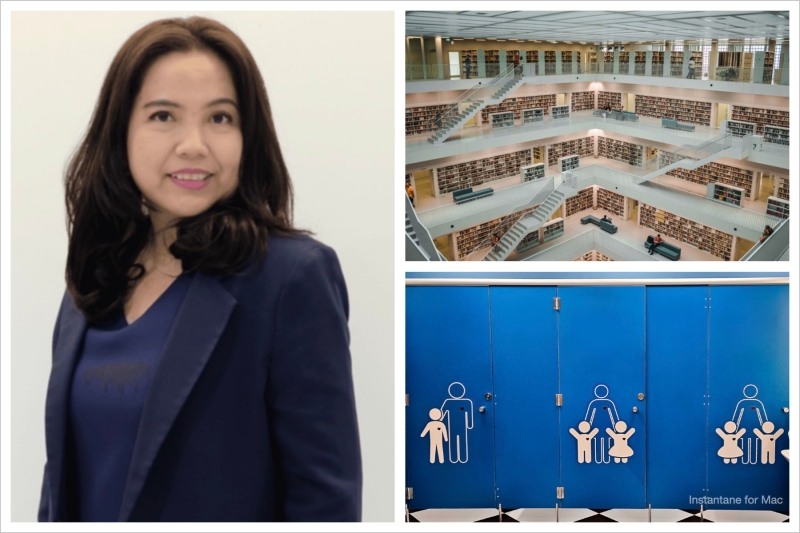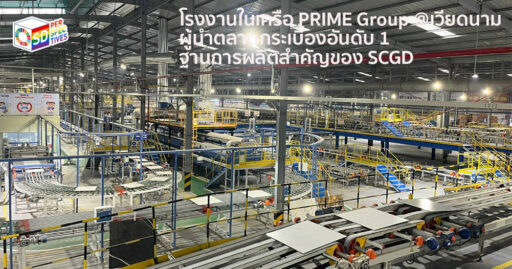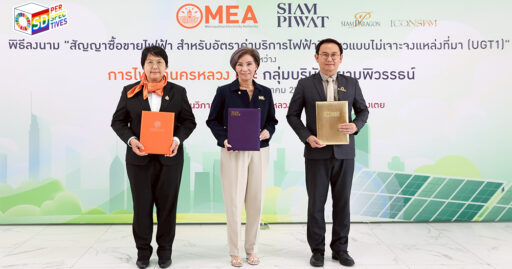July 1,2025…Although Bangkok’s Pride parades have become a familiar image—akin to those seen in many cities around the world—the label of a “city of diversity” should not be defined by temporary lights and celebrations alone. Instead, it must raise a deeper question: How safe and just are these cities in reality for people of all gender identities?
A vital aspect of building true Pride lies in addressing violence and deep-rooted prejudice that still exists in society. Despite ongoing efforts to push for equal rights legislation, LGBTQIAN+ individuals around the world remain at significantly higher risk of abuse and violence than the general population.
For instance, data from the Human Rights Campaign (HRC) shows that in 2024, 33 people in the U.S. lost their lives to hate-motivated crimes against LGBTQIAN+ individuals. In Asia, human rights groups in the Philippines report that over 50% of LGBTQ+ individuals have experienced sexual harassment or public violence.
In Thailand, a 2023 survey by the United Nations Development Programme (UNDP) revealed that 40% of Thai LGBTQIAN+ individuals still feel unsafe when revealing their identities in public spaces.
Today, Thammasat University invites society to explore new perspectives through the lens of law and architecture in a discussion between Associate Professor Dr. Arnon Mamout, Faculty of Law. and Assistant Professor Waralak Khongouan, Faculty of Urban Environmental Planning and Development. The goal is to encourage deeper reflection beyond celebration—to consider that the true meaning of Pride should be embedded in urban policies that uphold equal rights and freedoms for all people, regardless of gender.
This includes designing accessible public services and ensuring everyday safety for everyone. Because true Pride should not be confined to just one month of the year—it should be present in every step of life that is open, just, and respectful of every person’s dignity and humanity.
In a truly inclusive city, the law must protect every life.
“Law” should be more than just words on paper—it must serve as a tool that stands with all people, especially those who are often silently excluded from the system, such as the LGBTQ+ community. This perspective, shared by Associate Professor Dr. Arnon Mamout, raises a critical point: if the constitution is a social contract that defines the direction of a nation, then gender equality must be upheld both in legal text and in real-world practice.
However, the current situation in Thailand reveals a troubling gap between the country’s social progress and the slow, uneven pace of policy reform particularly when it comes to the rights of LGBTQ+ individuals. Even though the Thai Constitution explicitly guarantees “equality,” in practice, only a handful of laws truly delve into and protect the rights of gender-diverse communities in a meaningful way.
One case that clearly reflects the issue is the right to change one’s title prefix, which is directly tied to the right to self-identify. Although there have been ongoing efforts to push forward a Gender Recognition Bill, progress in Parliament remains stalled. Most of the draft bills have been proposed by opposition parties, while the government—despite holding the power to set national policy directions—has shown little concrete or committed support.
This is in stark contrast to several countries, such as Belgium, which have already passed similar laws, recognizing gender identity changes based on the principles of fundamental rights and human dignity.
“These problems persist because the Thai state has not been responsive enough in listening especially in an era where social dynamics are rapidly evolving. Many proposals concerning the civil rights of LGBTQ+ individuals have been driven by civil society, not by state initiative,” observed Associate Professor Dr. Arnon Mamout. “What’s more troubling is that when such proposals reach those in power, they are often met with concerns rooted in so-called ‘public morality’ or ‘Thai values’, despite the fact that the Constitution itself clearly states that unjust discrimination is a violation of the principles of equality and human dignity.”
Associate Professor Dr. Arnon Mamout further noted that although Thailand has enacted laws such as the Gender Equality Act B.E. 2558 (2015)—in force for over a decade and previously used to affirm the rights of transgender individuals to express their identities—in practice, significant issues remain. For example, some agencies have challenged the decisions of the Gender Equality Committee, making it difficult for individuals to fully exercise the rights that should legally be protected.
He emphasized that reforming Thai law to keep pace with the times should not stop at drafting new legislation. It must also involve reviewing enforcement mechanisms and establishing genuine channels for public participation. The state must be attuned to social signals and shifts, and create space where the rights of all groups can flourish—not only on paper, but in real, lived experience for everyone.
“In a truly inclusive city, legal protection should not be a privilege reserved for a select few, but a shared guarantee for all citizens regardless of who they love, who they are, or what title they carry.”
A Smart City Must Begin with an Inclusive City “A truly smart city is one that sees everyone.”
Good urban design is not just about technology, transportation, or towering skyscrapers. It must be about creating a city that “sees everyone”—embracing diversity in all its forms with equality. A true Smart City cannot be measured solely by high-tech infrastructure or waste-tracking apps. Instead, it must reflect a design philosophy that includes all dimensions of humanity—from gender identity and disability to economic status, social background, and cultural context.
Assistant Professor Waralak Khongouan emphasized that architectural urban design is not solely aimed at aesthetics or operational efficiency it must place human diversity at its core. Basic elements of the city such as infrastructure, transportation systems, public spaces, and the environment must respond to the needs of users across all dimensions: gender identity, age, physical ability, and economic status.
The goal is to create “The city where everyone can live with dignity.” This includes features like ramps for wheelchair users, adequate lighting for safety, and park benches designed with the elderly in mind. Every design decision should reflect the principles of accessibility, safety, and true equality.
“This concept aligns with Sustainable Development Goals (SDGs) 11, which aims to make cities and human settlements inclusive, safe, resilient, and sustainable. The goal clearly states that for a city to thrive, it must offer adequate housing, equitable transportation systems, inclusive disaster management, and a healthy environment. Cities must provide shared spaces where diverse groups can coexist and urban planning that avoids creating physical or social divides.This is the essence of urban design that goes beyond making cities merely livable—they must be places where people can truly live well.”
Assistant Professor Waralak pointed out that a good city begins with urban planning that embraces diversity. It’s not just about organizing space for optimal use, but about ensuring equal access to urban resources for all groups. When we talk about sustainability, we are not only referring to the environment—we are also talking about the lives of all people who must grow together within the same city.
For example, designing public spaces such as gender-inclusive restrooms or community libraries to reflect diversity without making users feel “segregated” or “labeled” is a delicate task. It requires a deep understanding of social and cultural contexts.
To design in a way that “acknowledges difference” with respect, while at the same time “fostering inclusion” without making anyone feel like an outsider, urban planners must begin by genuinely engaging with the local area and its communities. It’s not just about creating beautiful layouts on paper it’s about understanding whether the people in that space are ready, in what ways, and what they truly need.
For example, gender inclusive restrooms may seem like an inclusive solution at first glance, but if factors such as adequate numbers, safety, and cleanliness are not properly addressed, they can become vulnerable points that reduce quality of life rather than promote equality.
Good design must be grounded in clear functionality and must not neglect the original purpose of the space. For instance, restrooms whether male, female, or gender-neutralmust be safe, clean, and easily accessible. Similarly, a library should provide a calm, quiet atmosphere, with dedicated spaces for children, the elderly, or specific user groups, without isolating anyone to the point where they feel, “this space isn’t for me.”
When it comes to Smart Cities, the concept should not be limited to the use of technology for enhancing structural efficiency such as smart traffic systems, automated lighting, or energy management. Instead, it should be rooted in “human-centered” and “equity-driven” principles.
A truly smart city must use technology as a tool to reduce inequality and reach people across all dimensions gender identity, economic status, physical ability, or level of education. This is especially important in countries or cities with limited budgets and personnel, where a city’s intelligence cannot be measured solely by its innovations, but by how effectively it uses technology to close social gaps.
“Designing a Smart City that leaves no one behind must begin with “understanding,” before innovation. Understanding society, people’s behaviors, and local limitations is the foundation for building an urban system that is free from discrimination. If a city views technology as the answer without asking who actually access to that technology has, it risks becoming a Smart City that is “smart for some” rather than for all. A city with a heart is one that uses technology to equitably distribute resources and fosters a genuine sense of shared ownership among all groups in society.”
Assistant Professor Waralak concluded that, from an architectural perspective, gender diversity may not always be the central factor in physical design, but it must be subtly embedded in the way we think and approach the design process. Designers are not merely creators of forms and materials they must also be good listeners, interpreters of society’s needs, and mediators between reality and idealism.Their role is to strike a balance between what people want and what the city should provide, ensuring that no one is overlooked in spaces that are meant to belong to everyone.
Thammasat University reaffirms its commitment to driving Thai society toward true justice across both legal frameworks and urban design. The university firmly believes that “diversity” is not just a slogan, but a principle that must be put into real practice—from drafting laws that protect human rights to creating inclusive urban environments that leave no one behind.
Thammasat will continue to fulfill its role as a space for learning, reflection, and social momentum, working to ensure that Thailand becomes a place where all people can live with dignity, safety, and equality not just in name, but in every step of everyday life.
